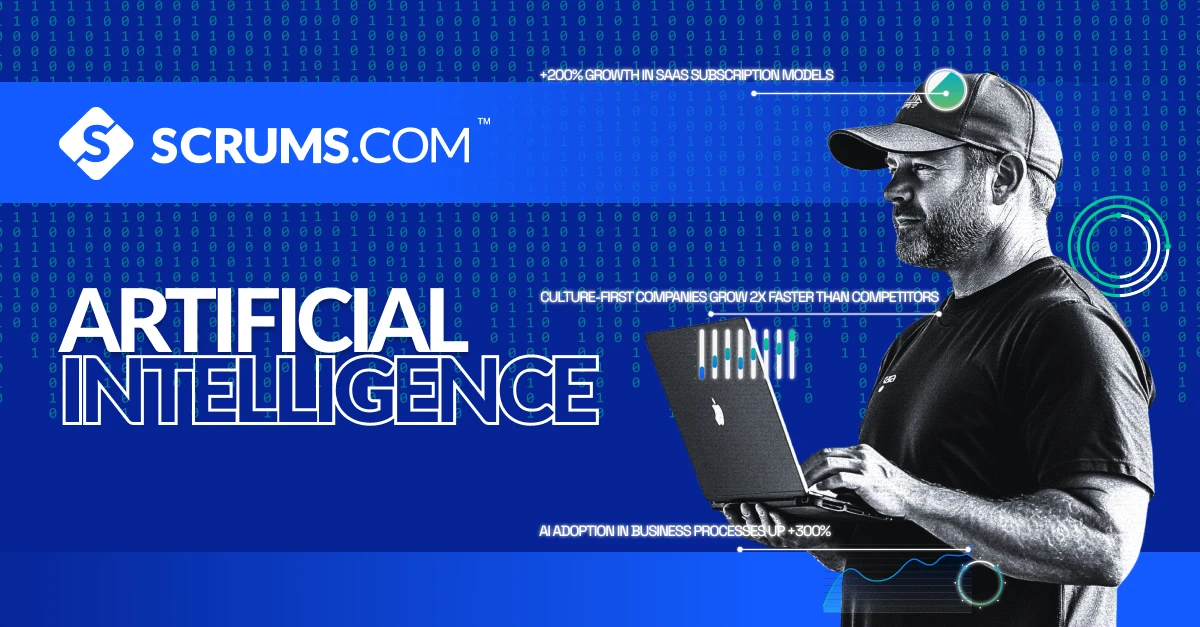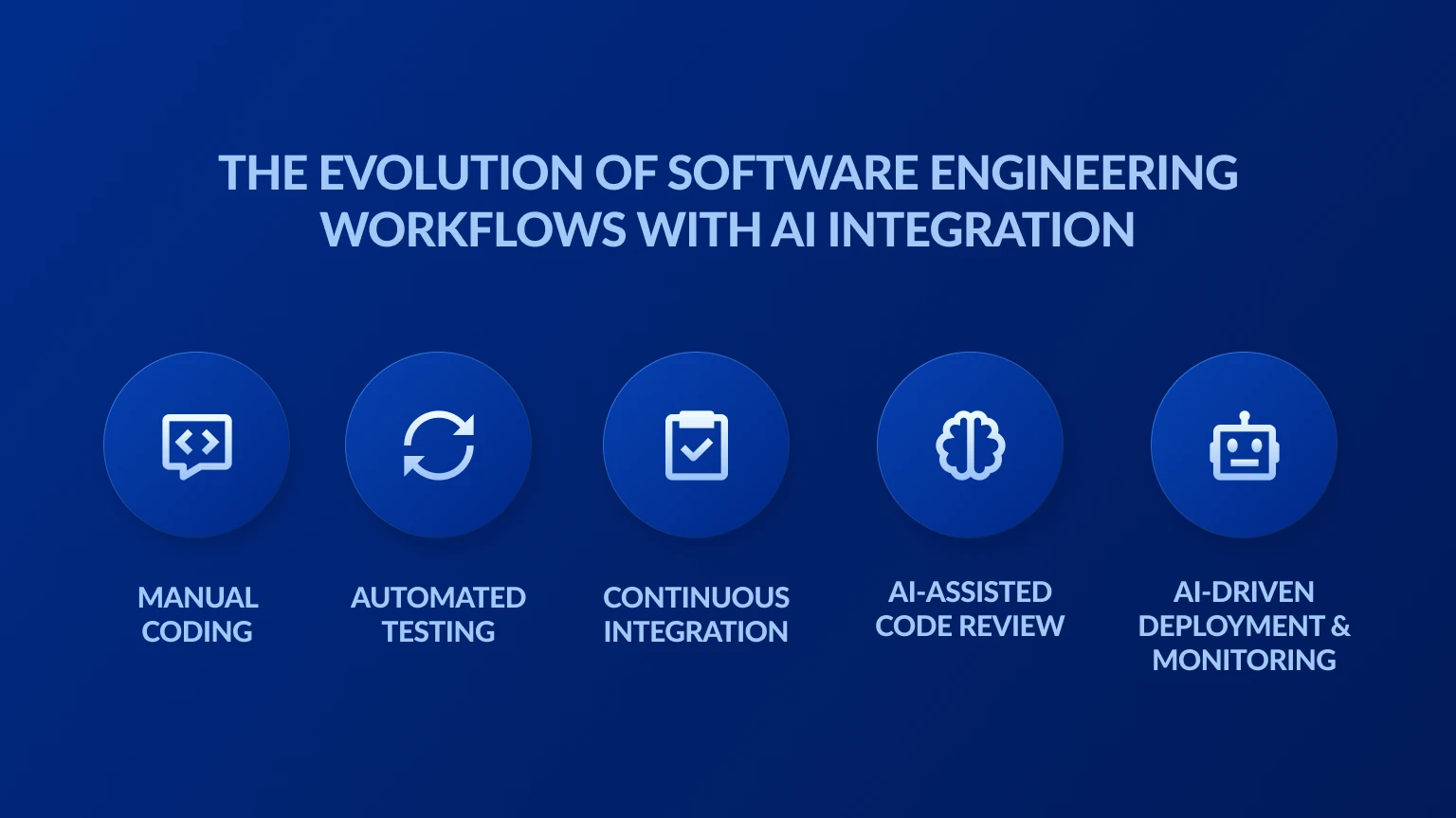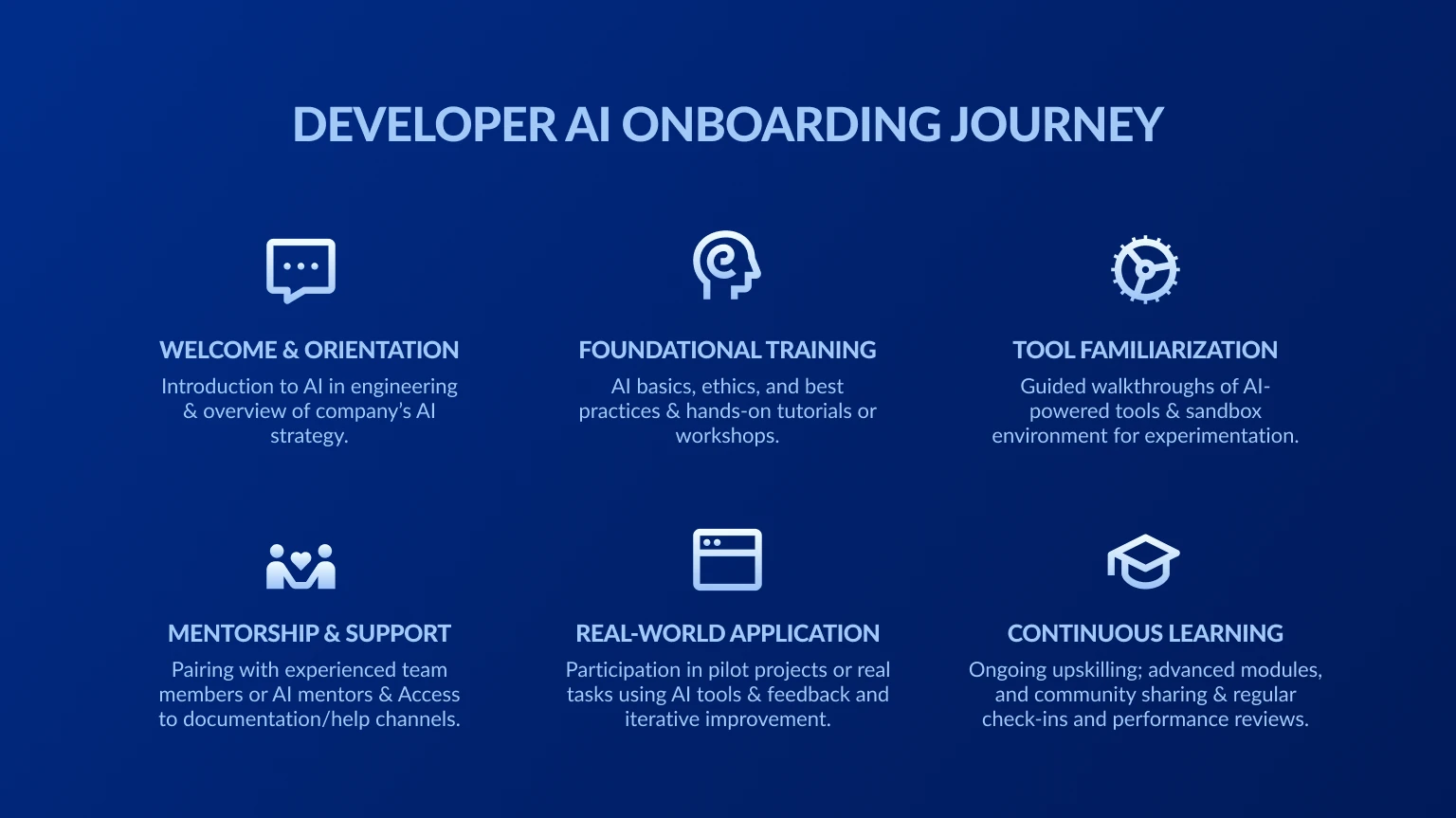AI-Powered Engineering: Trends & Strategies

What is AI-Powered Engineering & Why Now?
AI-powered engineering is transforming how every modern software development company operates—from planning and coding to testing, deployment, and maintenance.. Unlike traditional automation, AI-powered engineering leverages machine learning, natural language processing, and intelligent algorithms to augment human capabilities, accelerate delivery, and improve software quality.
Why now? The pace of digital transformation has never been faster. Competitive pressures, rising customer expectations, and the complexity of modern systems demand smarter, more adaptive engineering practices. AI is no longer a futuristic concept; it’s a present-day differentiator. Organizations that harness AI in their engineering processes are seeing measurable gains in productivity, code quality, and innovation velocity.
🗣️ “AI isn't the future of engineering—it’s the present. The teams that take full advantage of AI today will define our industry tomorrow.”— Scrums.com Engineering Leadership
AI Trends Shaping Modern Software Teams
For any software development company, staying ahead in AI trends is critical. According to industry experts, AI is fundamentally reshaping how software teams operate. Key trends include:
- AI-Driven Automation: Routine tasks like code formatting, bug triage, and regression testing are increasingly handled by AI, freeing up developers for higher-value work.
- Intelligent Code Generation: Tools like GitHub Copilot and Tabnine use AI to suggest code snippets, complete functions, and even generate boilerplate code, accelerating development cycles.
- Predictive Analytics: AI models analyze historical project data to forecast delivery timelines, identify bottlenecks, and optimize resource allocation.
- Continuous Quality Assurance: AI-powered testing tools automatically generate and execute test cases, detect anomalies, and provide real-time feedback.
- Collaborative AI: AI chatbots and assistants facilitate knowledge sharing, onboarding, and documentation within engineering teams.

Assessing Readiness: Skills, Tools, and Culture
Before embarking on an AI-powered engineering journey, organizations must assess their readiness across three dimensions:
- Skills: Evaluate the team’s familiarity with AI concepts, data literacy, and openness to learning new tools. Identify gaps and plan targeted upskilling.
- Tools: Audit the current tech stack for AI compatibility. Are there existing tools that can be enhanced with AI? What new platforms are needed?
- Culture: Foster a culture of experimentation, continuous learning, and cross-functional collaboration. AI adoption thrives in environments where teams are empowered to innovate and iterate.
👉 Checklist:
1. Does your team understand the basics of AI and machine learning?
2. Are your workflows and data pipelines ready for AI integration?
3. Is leadership committed to supporting AI-driven change?
Scrums.com POV: Drawing from our experience as a leading software development company, we recommend starting with a structured AI readiness assessment to identify strengths, weaknesses, and quick wins.
Common Challenges (and Solutions) in Adopting AI
Adopting AI in engineering is not without hurdles. Common challenges include:
- Data Quality & Availability: AI models require clean, relevant data. Invest in data governance and establish clear data ownership.
- Integration Complexity: Legacy systems may not easily support AI tools. Start with modular, API-driven AI solutions that can be piloted alongside existing workflows.
- Team Resistance: Developers may fear job displacement or increased complexity. Communicate the value of AI as an enabler, not a replacement, and involve teams early in tool selection and pilot projects.
- Skill Gaps: Not all engineers are AI experts. Provide ongoing training, mentorship, and access to learning resources.
💡 Top 3 AI Adoption Pitfalls (and How to Avoid Them):
1. Underestimating data requirements:
Audit and clean your data before starting any AI project.
2. Ignoring change management:
Communicate early, involve your team, and provide training to ease transitions.
3. Rushing tool selection without clear objectives:
Define your goals and success metrics before evaluating or adopting new tools.
Tools & Tech Stack: Code Review, Automation, Co-Pilot Tools
Selecting the right tools is critical for successful AI-powered engineering. Key categories include:
- AI Code Review Tools: Platforms like DeepCode, Codacy, and SonarQube use AI to detect bugs, enforce standards, and suggest improvements.
- Automation & CI/CD: AI-enhanced CI/CD tools optimize build pipelines, predict failures, and automate rollbacks.
- Co-Pilot & Pair Programming: Tools such as GitHub Copilot and Amazon CodeWhisperer provide real-time code suggestions and documentation.
- Testing & QA: AI-driven testing platforms generate test cases, prioritize test execution, and identify flaky tests.
💡 Scrums.com Expertise: We help clients evaluate, pilot, and integrate AI tools tailored to their unique workflows and business goals.
Talent & Onboarding: Training Dev Teams for AI Integration
Successful AI adoption hinges on people, not just technology. Key strategies:
- Upskilling: Offer workshops, online courses, and hands-on labs focused on AI fundamentals, tool usage, and ethical considerations.
- Onboarding: Develop a structured onboarding program for new hires, including AI tool walkthroughs and best practices.
- Change Management: Encourage a growth mindset, celebrate early wins, and provide ongoing support as teams adapt to new workflows.

Roadmap: Practical Steps for Successful AI Adoption
A phased, actionable roadmap ensures sustainable AI integration:
- Assess Readiness: Conduct an AI readiness assessment (skills, tools, culture).
- Set Objectives: Define clear business outcomes and success metrics.
- Pilot Projects: Start small with a focused use case (e.g., AI code review).
- Upskill Teams: Provide targeted training and resources.
- Integrate Tools: Gradually expand AI tool adoption across workflows.
- Monitor & Iterate: Collect feedback, measure impact, and refine processes.
- Scale: Roll out successful pilots organization-wide.
👉 Action Checklist:
1. Complete readiness assessment
2. Select pilot project
3. Train core team
4. Integrate first AI tool
5. Review results and iterate
Measuring Success: KPIs, Business Outcomes, Ongoing Improvement
To ensure ROI and continuous improvement, track:
KPIs:
- Code quality (defect rates, code review turnaround)
- Delivery velocity (cycle time, deployment frequency)
- Developer productivity (story points, code commits)
- Business impact (customer satisfaction, revenue growth)
Feedback Loops:
- Regular retrospectives to gather team insights
- Automated reporting from AI tools
Continuous Improvement:
- Use data to refine AI models, update processes, and inform future investments
🗣️ “According to McKinsey, organizations that measure AI outcomes see up to 30% higher project success rates.”
Next Moves and Long-Term Thinking
AI-powered engineering is no longer optional for forward-thinking software teams. By embracing AI, organizations can accelerate innovation, improve quality, and gain a sustainable competitive edge.
Next Moves:
- Start with an AI readiness assessment
- Pilot a high-impact AI tool
- Invest in team training and change management
- Measure outcomes and iterate
Long-Term Thinking: The journey doesn’t end with initial adoption. Stay ahead by continuously exploring new AI capabilities, fostering a culture of learning, and partnering with a forward-thinking software development company like Scrums.com can maximize your AI investment.
“The best time to adopt AI was yesterday. The next best time is now.”
Grow Your Business With Custom Software
Bring your ideas to life with expert software development tailored to your needs. Partner with a team that delivers quality, efficiency, and value. Click to get started!
